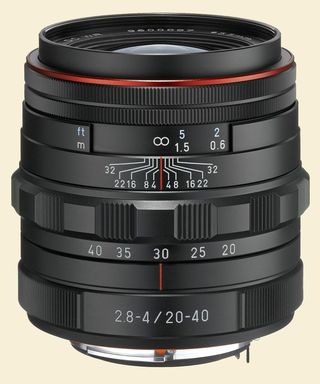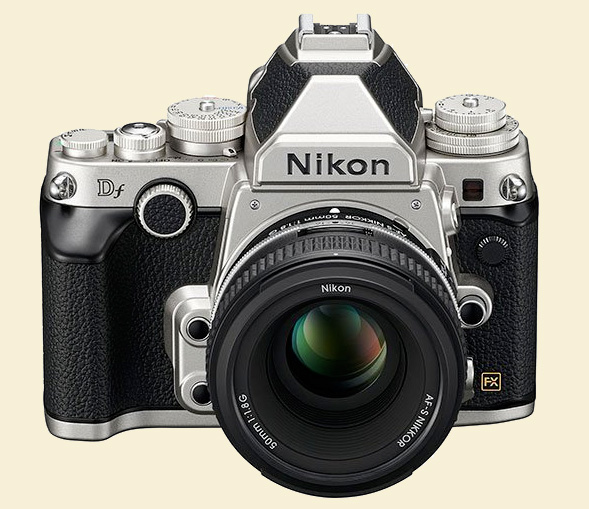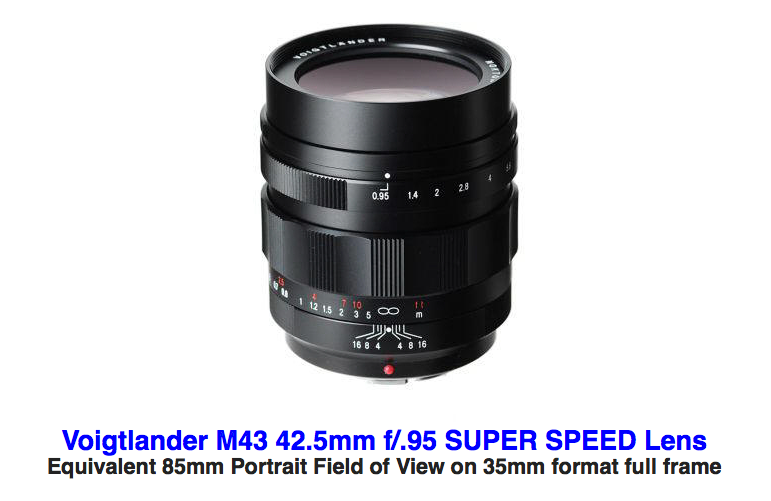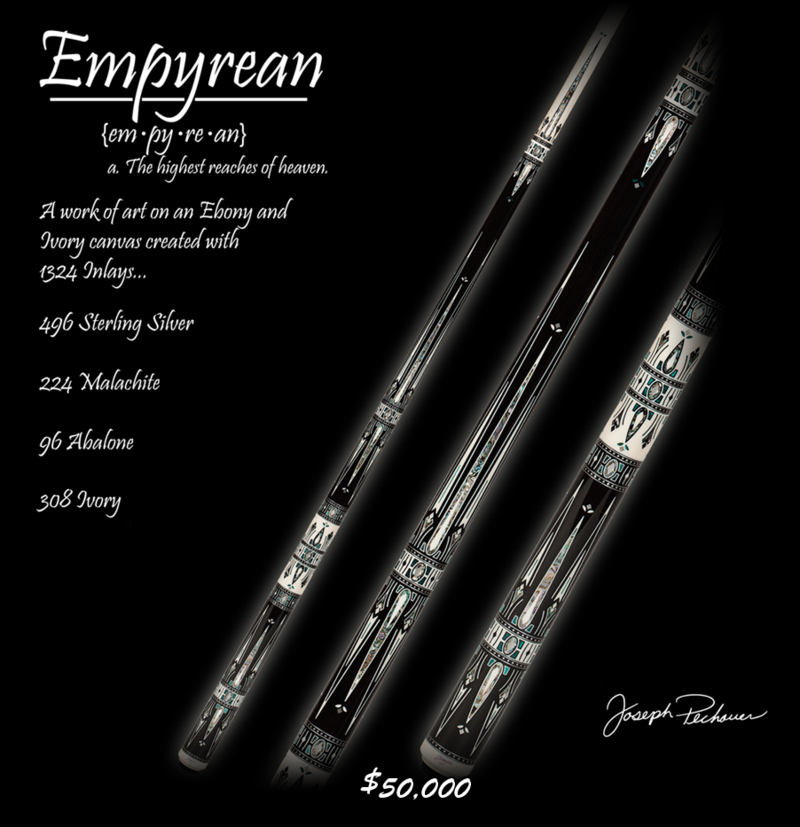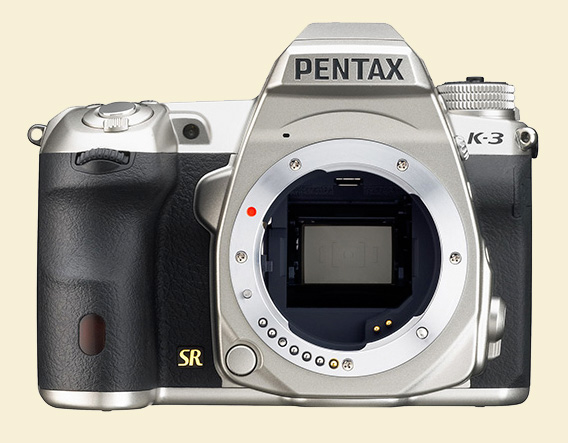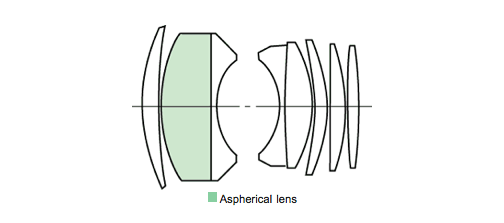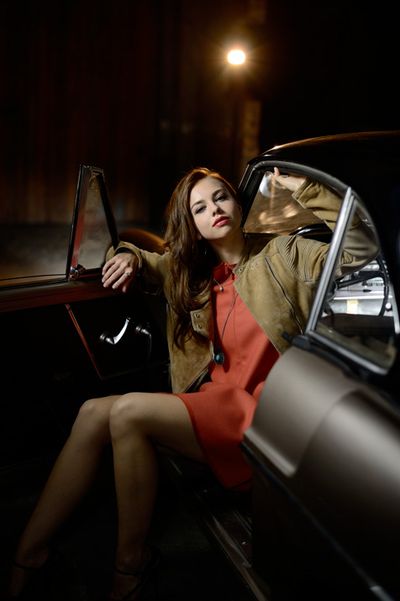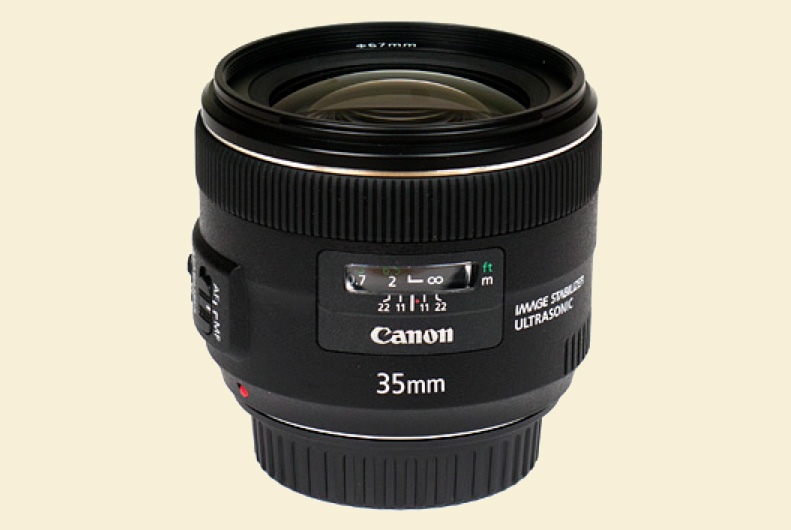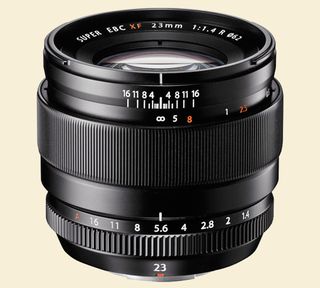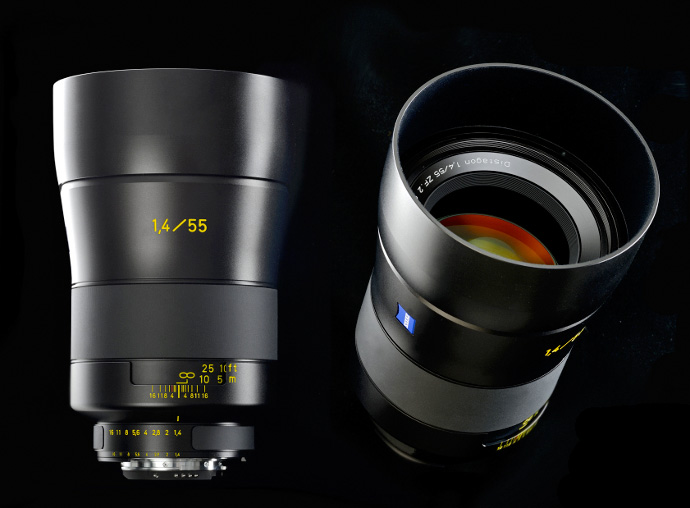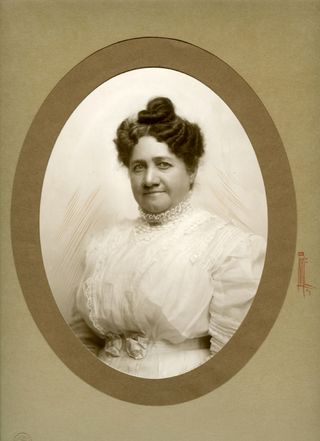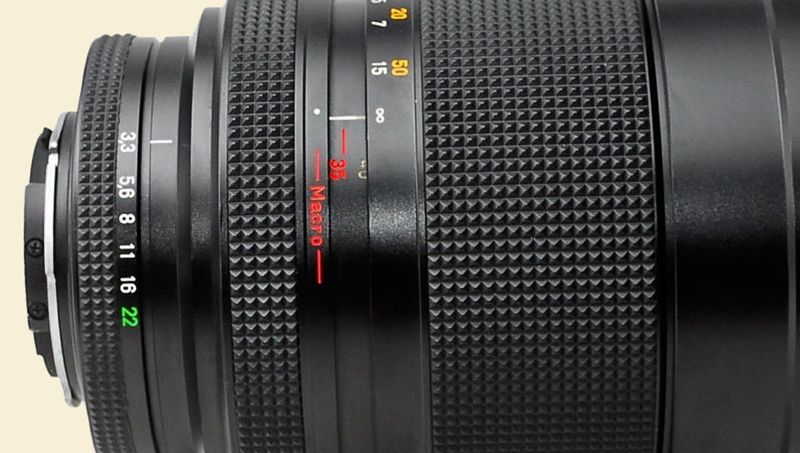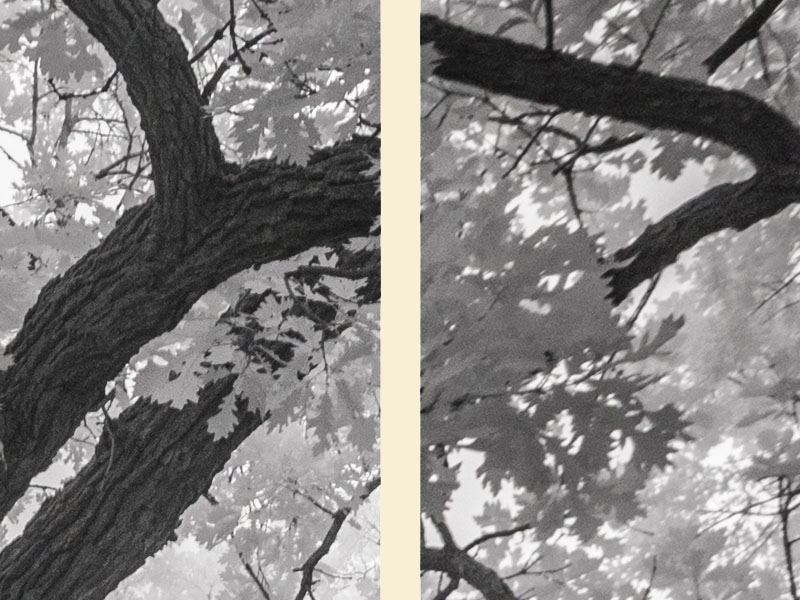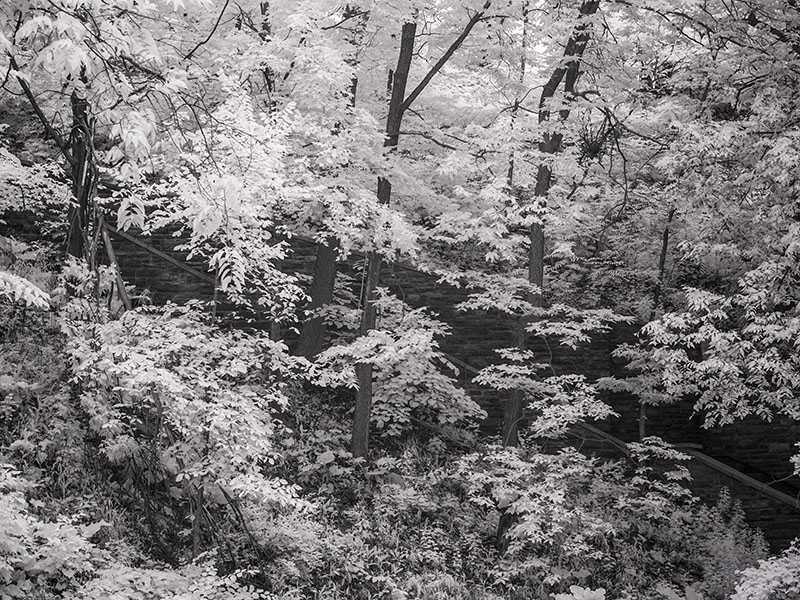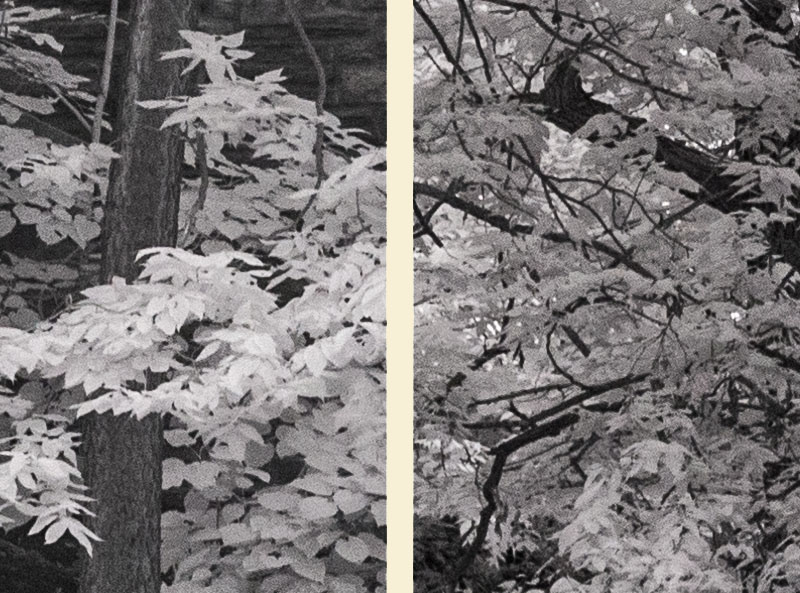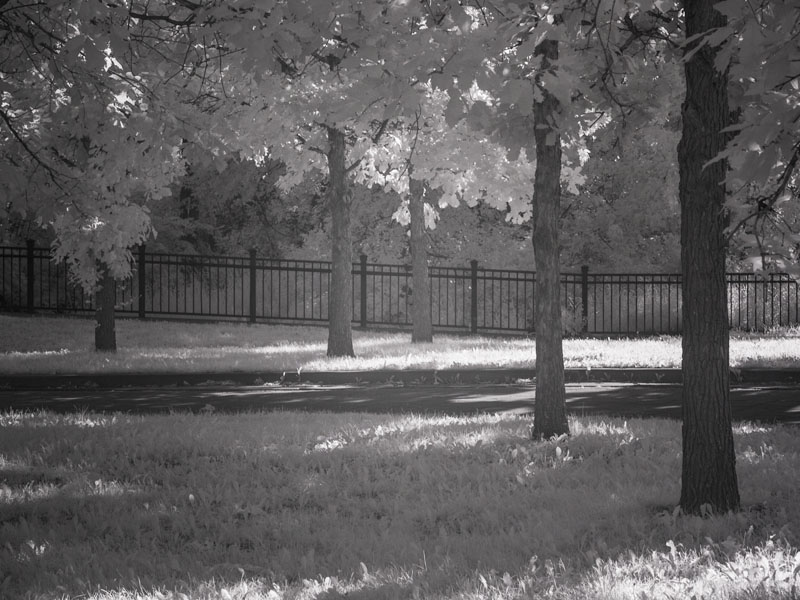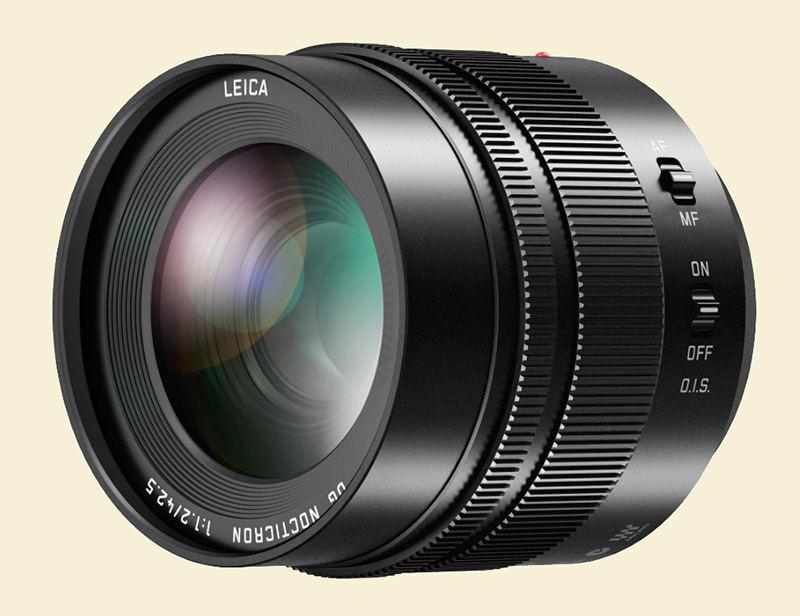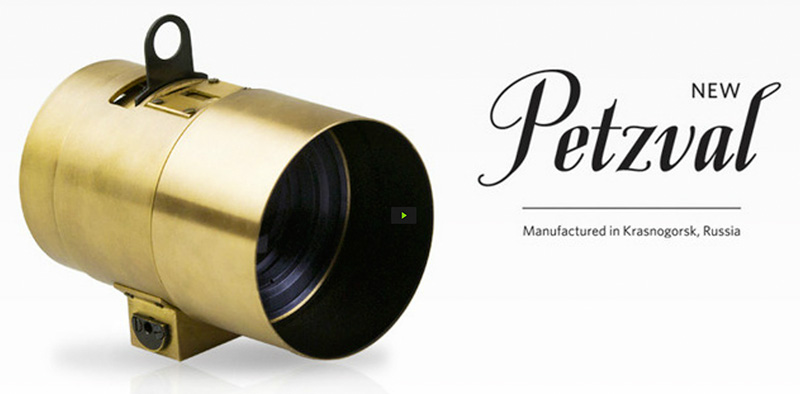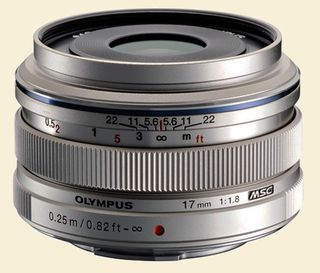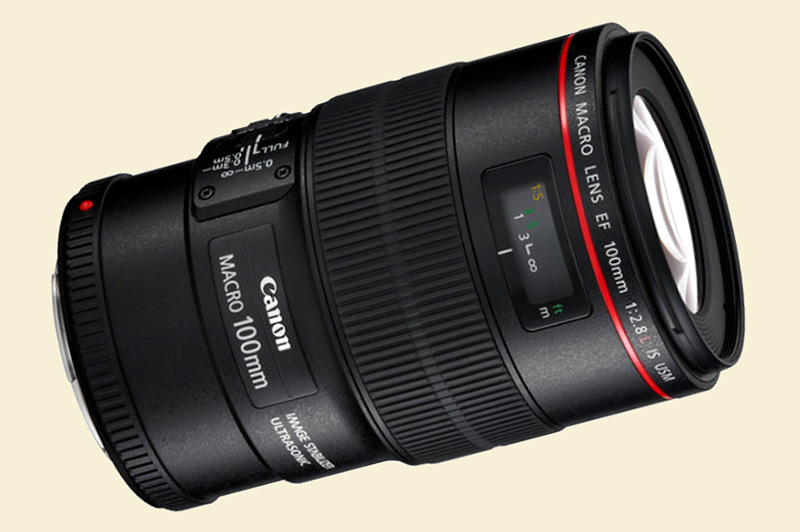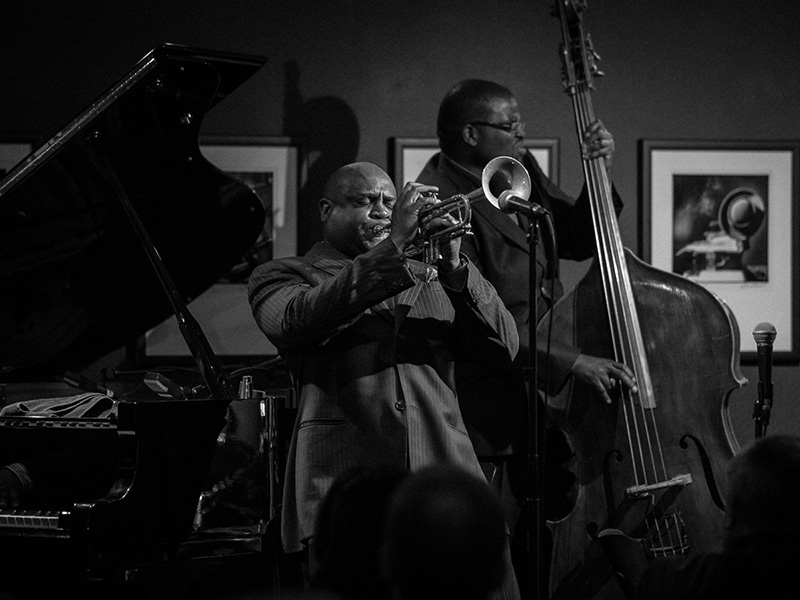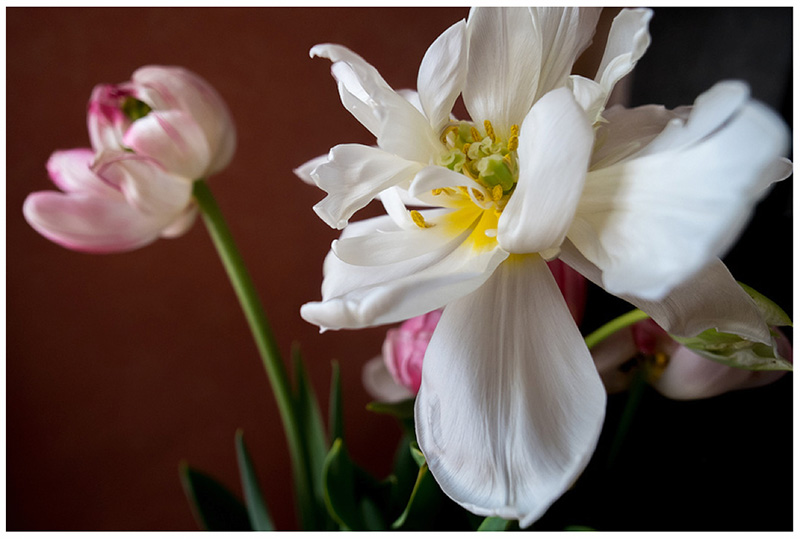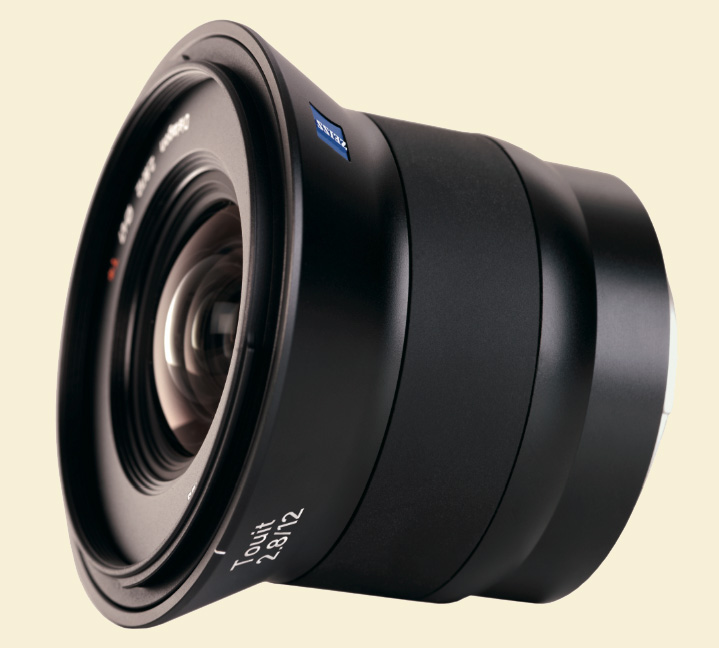 Typical traditional lens kit for Leica M (see full caption below)
Typical traditional lens kit for Leica M (see full caption below)
Last week (because it's currently on sale at a reduced price) I caught up with some photographers whose main lens is the
extraordinary Canon EF 24–70mm ƒ/2.8L II USM, which I agree is a
superior and beautiful lens. I didn't tire of looking at images made with it, online. (If I were starting out as a pro right now, I'd probably get that lens and two 6Ds. Why the EOS 6D? Besides for the fact that it's unprecedentedly cheap right now? Because it's quiet. The last "job" I had to do was at a memorial service, and my Sony DSLR [A900] was too loud.)
As longtime readers won't need reminding, however, zooms aren't for
me. I've never liked photographing with them and don't prefer them.
This is more or less natural for some photographers who cut their teeth in the
film years. Medium-format film cameras used by almost all
professionals (Hasselblads in this country, or Bronicas, or Mamiyas among portrait photographers) were largely used without zooms. A very few zooms existed, but
they were preposterously large, expensive, and inconvenient, and you took an image-quality
hit. And large-format cameras, used by many professionals and a number
of artists, have never had zooms as an option. Thirty-five millimeter photography was where zooms made their early inroads, but even with 35mm, rangefinder
cameras, which were a minority among 35mm cameras but had outsized
"mindshare" mainly because of the Leica M, also couldn't be used with zooms, although both Leica and Konica made multi-focal-length lenses that were distant cousins of zooms.
So photographers who used any of these cameras got used to thinking—and seeing—in terms of single-focal-length lenses.
Furthermore, none of these camera types—Hasselblads, the ubiquitous 4x5s, or rangefinder Leicas—were
suited to extreme focal lengths, whether extreme wide angle or extreme
telephoto. (The suitability of 35mm SLRs to extremely long telephotos was part of what drove the growing acceptance of 35mm for professional work in the 1960s and '70s. For amateurs too: an impressive big long expensive telephoto was a significant status symbol for photographers when I was young, although I never aspired to own one myself.)
Finally, zooms were of much lower status in decades past. They were
definitely the preference of amateurs and novices. The Leitz family,
founding owners of the company that made Leicas, didn't even allow the
company to make zooms for its SLRs until very late. The early zooms for the R cameras, if memory serves, were warmed-over Minoltas.
This old prejudice began to fade in the mid to late '90s, and is all but gone now.
And whether you shot Hasselblads, Leicas, or view cameras back then, by far the
most typical lens complement was a trio of single-focal-length lenses. In the usual order of need,
acquisition, and emphasis: a normal first, then a moderate tele, then a wide angle.
Caption to the top illustration:
Left: Seven-element "Rigid" Summicron. Although not great at its two widest apertures by today's standards, from ƒ/4 to ƒ/11 this classic lens will yield the quintessential "Leica look" that made the marque famous.
Middle: The "E46" 90mm Elmarit-M, like many short-tele Leica lenses, was particularly eye-pleasing and a great lens to use, very sharp even wide open. Visually, the Sigma 60mm ƒ/2.8 DN reminds me a lot of this lens (definitely not in build quality).
Right: A Canadian 28mm Elmarit.
Illustrations from KEH.com. These old lenses hold their value quite well today; this kit in Ex. condition from KEH would run $3,598.
All that's what formed my lens choices and my
preferences, which exist to this day: a moderate-wide prime as a normal,
a short tele, and a wide angle. That's all I ever need.
Of course, this "typical" median was influenced by what you did. Architectural photographers needed wide angle lenses, so a 90mm for your
4x5 was many architectural photographers' second or even first lens choice. Product and tabletop photographers as well as nature photographers often had at least one macro. And how
many lenses you had for each of your formats depended not only on need,
but on how heavily you used each particular format and what your
budgetary constraints were. I have to say I knew relatively few pros who
had all three options for a view camera, and none had as few as three options for a
35mm SLR. Most people I knew who owned Leicas had one or two lenses for them, not three. Artists might well own just one view camera lens, and, usually, just one lens for a medium-format camera if that's what they used. Medium-format
cameras with single fixed taking lenses weren't uncommon, the most
famous being the Rolleiflex.
I transitioned from a 50mm to a moderate wide angle 35mm in my second
year of photo school. I had to shoot a lot in
downtown Washington D.C.—the Corcoran, where I went to art school, is
about a football field's distance from the White House—and 50mm is a
little too tight for my way of seeing in the city. The 35mm had just a touch of "wide-angly" feel to
it, though, which I didn't care for back then, so my favorite focal length
became 40mm—a preference definitely helped along by the 40mm ƒ/2
M-Rokkor and the Olympus OM Zuiko 40mm ƒ/2, both of which I loved. Although I've definitely used more 35mms than 40mms overall. A number of 35mm
photographers went the other way and settled on 28mm as a "normal." I've also
come to like 28mm more and more as the years have passed.
By the way, all along the way in photography, my method has been to just try
things and make decisions visually. For instance, when I was
transitioning away from the 50mm, I simply took a
bunch of pictures with a 35mm lens and a 28mm lens and looked at
the pictures. I tended to like the 35mm pictures better, so I went with that.
But leaving the 50mm meant that I needed a separate lens for portraits, because the 35mm was too wide. So I added an 85mm.
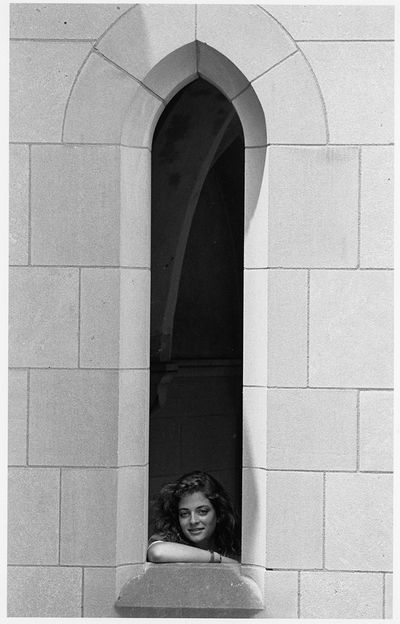 Portrait of Hilary Liftin as a schoolgirl, at the National Cathedral. Zeiss 85mm. Hilary is now an author who ghost-writes and co-writes celebrity autobiographies; among many others, she's written books with Tatum O'Neal and Miley Cyrus. Some of her clients' names she is contractually
Portrait of Hilary Liftin as a schoolgirl, at the National Cathedral. Zeiss 85mm. Hilary is now an author who ghost-writes and co-writes celebrity autobiographies; among many others, she's written books with Tatum O'Neal and Miley Cyrus. Some of her clients' names she is contractually
not allowed to reveal.
Those are still my favorite focal lengths, because I got so used to
seeing with them. It's partly psychological: I've reinforced those
choices by using lenses of those focal lengths in many different
systems, which means I've gotten lots of nice pictures with such lenses, which in turn reinforces all the positive feelings I associate
with them. It sort of builds on itself after a while.
Patterns and habits
In the '90s, I did a survey of my own shooting and found my usage broke
down as follows: 80% normal lens, 15% short tele, and 5% wide angle.
There's always been a problem with the wide angle, in
that it's usually the most expensive of the three types, but it's the
one I least often use. So, having been relatively resource-free during
most of my life as a photographer and a bit of a tightwad as a
consequence, I've often just planned to buy, but not actually bought, the
wide angle in any given lens set for any given camera. In practice I tend to get away with a ~35mm normal and a ~85mm short tele, more or less.
That's the situation in which I find myself now. I've lately really taken to the Sony NEX-6 ($648 now), which I really enjoy using and find to be competent in its results. I like it so much I often grab it when I really should be using something else. (I shot all of last Sunday's "Photo Essay" with it, for instance.) So a few weeks ago I decided to complete my lens set for the NEX-6. (Before that, I really thought it was likely I'd return to Micro 4/3—I haven't gotten rid of my Micro 4/3 lenses.)
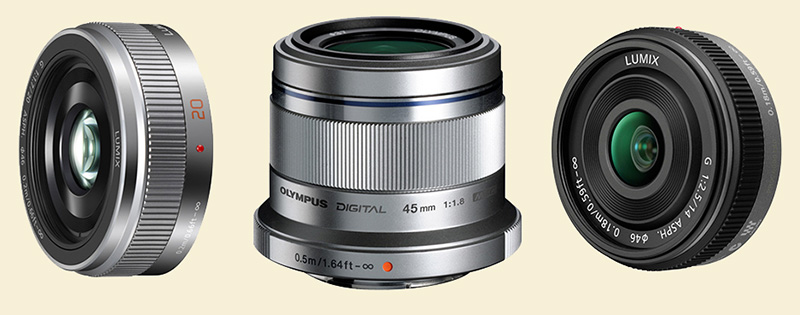 Ctein's chosen super-traditional set for Micro 4/3: The Panasonic 20mm ƒ/1.7, the Olympus 45mm ƒ/1.8, and the Panasonic 14mm ƒ/2.5. (He actually owns the Olympus 12mm ƒ/2, but doesn't care for it.) In his case, the 45mm is his most-used lens. This whole set as shown goes for $1,140 at B&H. Interestingly, this comes very close to the standard set for the old Leitz/Minolta CL.
Ctein's chosen super-traditional set for Micro 4/3: The Panasonic 20mm ƒ/1.7, the Olympus 45mm ƒ/1.8, and the Panasonic 14mm ƒ/2.5. (He actually owns the Olympus 12mm ƒ/2, but doesn't care for it.) In his case, the 45mm is his most-used lens. This whole set as shown goes for $1,140 at B&H. Interestingly, this comes very close to the standard set for the old Leitz/Minolta CL.
I already have a good normal for the NEX-6—the Carl Zeiss Sonnar 24mm ƒ/1.8, an expensive lens that appears (visually) to be too large for the camera but that I find perfectly balanced and comfortable in actual use. And, optically, it suits my tastes, which isn't always easy to achieve.
The short tele choice seems obvious—the Sigma 60mm ƒ/2.8 DN. (I might have more to say about this lens in coming weeks.) In contrast to the Zeiss 24mm, it's cheaper than it should be, given its performance. (And, as always with Sigma, I'm suspicious of its build quality. I've had lots of bad experiences with Sigma—swore off the company's products for a time, even—but Lucy holds the football, and Charlie Brown can't resist.)
Choices, choices
The wide-angle is once again where I find myself stuck. (Same as always.) I just don't need a wide angle all that much. So should I get a wide to round out the super-traditional set of three, or just make do with the normal and short tele?
And if I do get a wide, which one? There are two main candidates—the Zeiss Touit 12mm, another very spendy lens but an optically pretty splendid one, or the much more practical Sony 16mm ƒ/2.8, another relative cheapie at $248, which moreover will add only 2.7 ounces to the camera bag—or slightly more than an extra lens cap. It's a decent but bland lens. It's not as wide as the Touit, but at 24mm angle-of-view equivalent, it's wide enough.
It doesn't help that Zeiss just announced a rebate on the Touits, bringing the price of the 12mm down by $251, to $999. Still an awful lot for a lens I might use only 5% of the time.
Well, I know which one I want. And I know which one I should get—to be practical. And what I'll probably do...well, one thing about getting older is that your learn your own patterns. Probably what I'll do is do what I always do, and just plan to get a wide angle for my NEX-6, without actually ever following through with actual cash.
Mike
Got a favorite "Supertraditional lens kit" of your own? Take a picture of them and send it to me! I'll publish a few of them. I need an 800-pixel-wide JPEG saved as sRGB. My email address is in the right-hand sidebar. Don't forget to tell me what the lenses are.
Alternately, you can put your image in the Comments using this code:

The image needs a URL and shouldn't exceed 470 pixels wide or it will be cut off. [Sorry! I had this number wrong at first.]
Original contents copyright 2013 by Michael C. Johnston and/or the bylined author. All Rights Reserved. Links in this post may be to our affiliates; sales through affiliate links may benefit this site.
TOP's links!
(To see all the comments, click on the "Comments" link below.)
Featured Comments from:
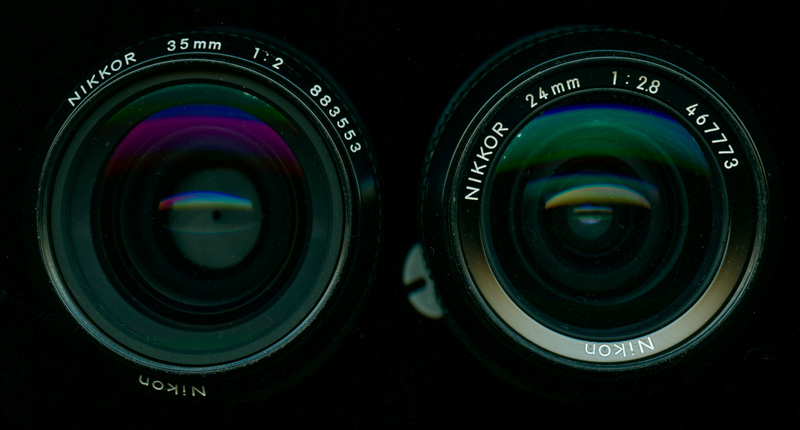 Dave's 2-lens kit from the 1970 and '80s omits the traditional short tele. He now uses a D800e and normally works out of his car, where he keeps a variety of lenses—mostly zooms (the traitor). And by the way, Dave is on WIRED today.
Dave's 2-lens kit from the 1970 and '80s omits the traditional short tele. He now uses a D800e and normally works out of his car, where he keeps a variety of lenses—mostly zooms (the traitor). And by the way, Dave is on WIRED today.
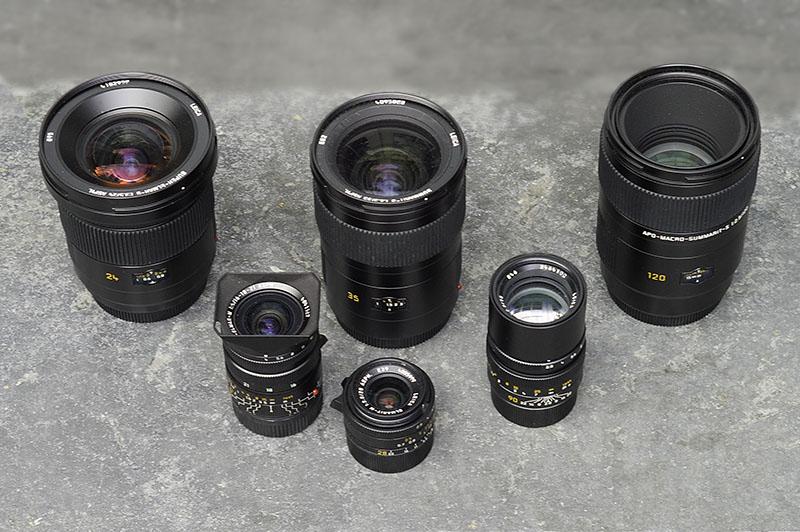 Jack's M kit utilizes a Tri-Elmar as the WA, but he says it's set on 18mm almost all the time. Interestingly, his S set nearly duplicates his M set: 24mm super wide Elmar S is equivalent to 19.2mm, 35mm Summarit S is equivalent to 28mm, and 120mm Summarit S is equivalent to 96mm.
Jack's M kit utilizes a Tri-Elmar as the WA, but he says it's set on 18mm almost all the time. Interestingly, his S set nearly duplicates his M set: 24mm super wide Elmar S is equivalent to 19.2mm, 35mm Summarit S is equivalent to 28mm, and 120mm Summarit S is equivalent to 96mm.
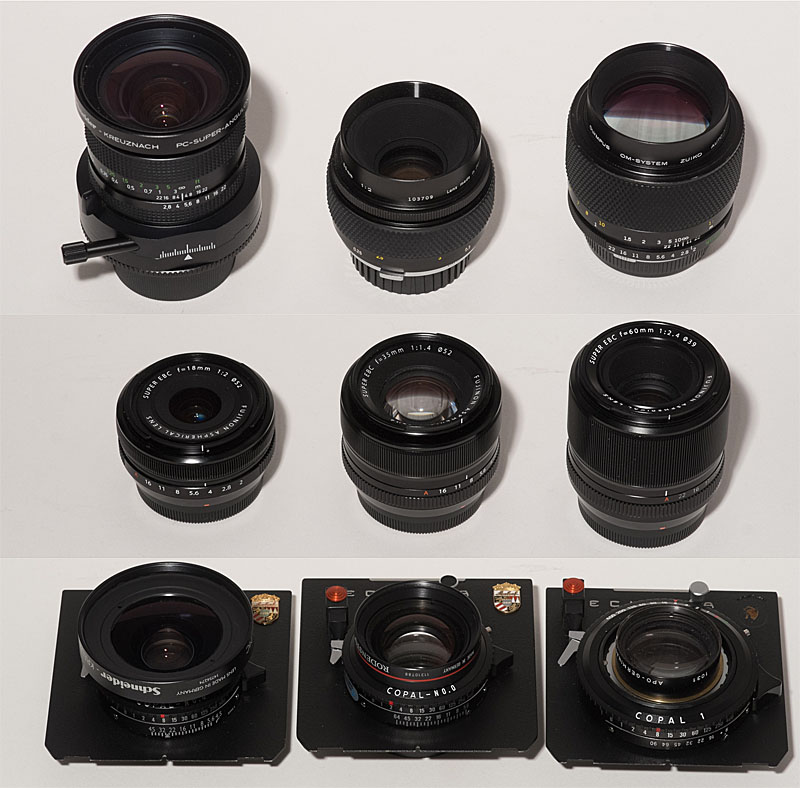 Arne shows three such sets for different cameras: top row, a particularly beautiful set for his manual-focus Olympus OM-4: Schneider 28mm ƒ/2.8mm shift lens for OM, and OM Zuiko Macro 50mm and 90mm ƒ/2's; middle row, for the Fuji X-Pro1: 18mm ƒ/2, 35mm ƒ/1.4, and 60mm ƒ/2.4; bottom row, for a 4x5 view camera: Schneider Super-Symmar XL 80mm ƒ/5.6, Rodenstock Apo-Sironar-S 150mm ƒ/5.6, and Docter Optic Apo-Germinar 300mm ƒ/9.
Arne shows three such sets for different cameras: top row, a particularly beautiful set for his manual-focus Olympus OM-4: Schneider 28mm ƒ/2.8mm shift lens for OM, and OM Zuiko Macro 50mm and 90mm ƒ/2's; middle row, for the Fuji X-Pro1: 18mm ƒ/2, 35mm ƒ/1.4, and 60mm ƒ/2.4; bottom row, for a 4x5 view camera: Schneider Super-Symmar XL 80mm ƒ/5.6, Rodenstock Apo-Sironar-S 150mm ƒ/5.6, and Docter Optic Apo-Germinar 300mm ƒ/9.
Moose (partial comment): "You prime shooters know I and my cohorts are out here.
"How well I remember the standard three focal lengths. Being older than Mike, they were at first 35mm, 50–58mm and 135mm for SLRs. When my Dad moved from Topcon Super D to Nikon Ftn, he went 35mm, 50mm ƒ/1.4, 55mm Micro Nikkor, 200mm.
"And how well I remember how frustrating I found them. I never have been one who 'sees' the world and potential images of it in fixed angles of view. I tend to see something I like and want my equipment to be capable of adapting to my AOV, not to force my vision to its limitations."
[See the rest of Moose's comment in the Comments Section. —Ed.]
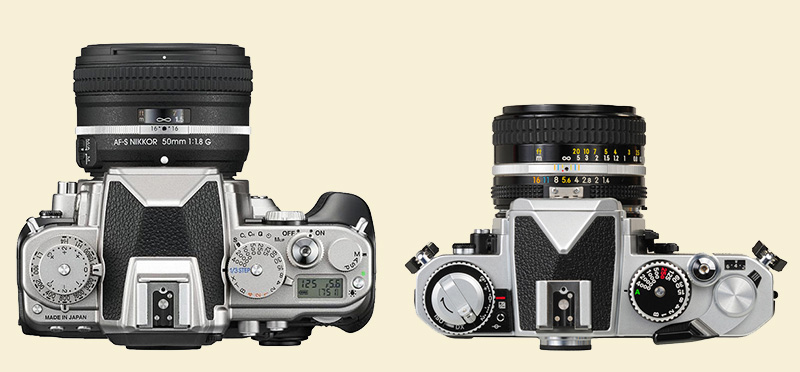 Nikon Df next to the Nikon FM3a, to scale, and...(see below)
Nikon Df next to the Nikon FM3a, to scale, and...(see below)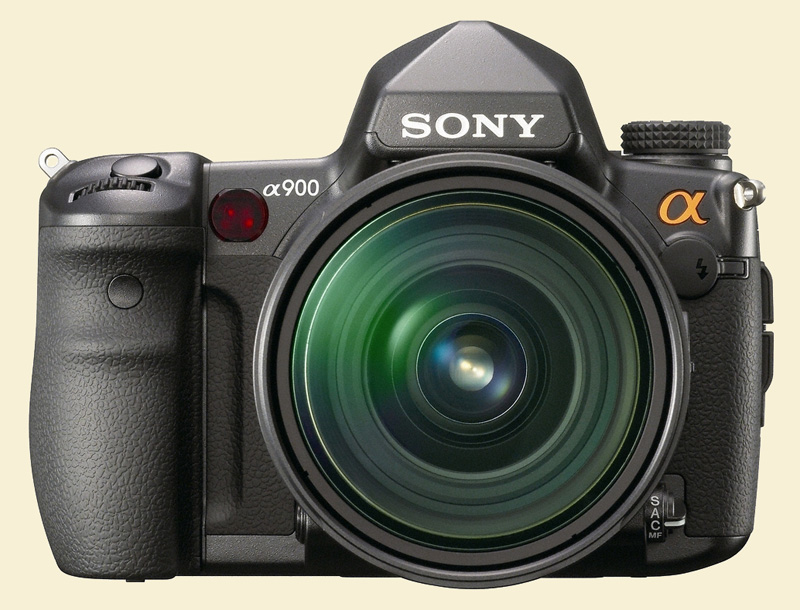 Retro done right. I'm just sayin'.
Retro done right. I'm just sayin'.
